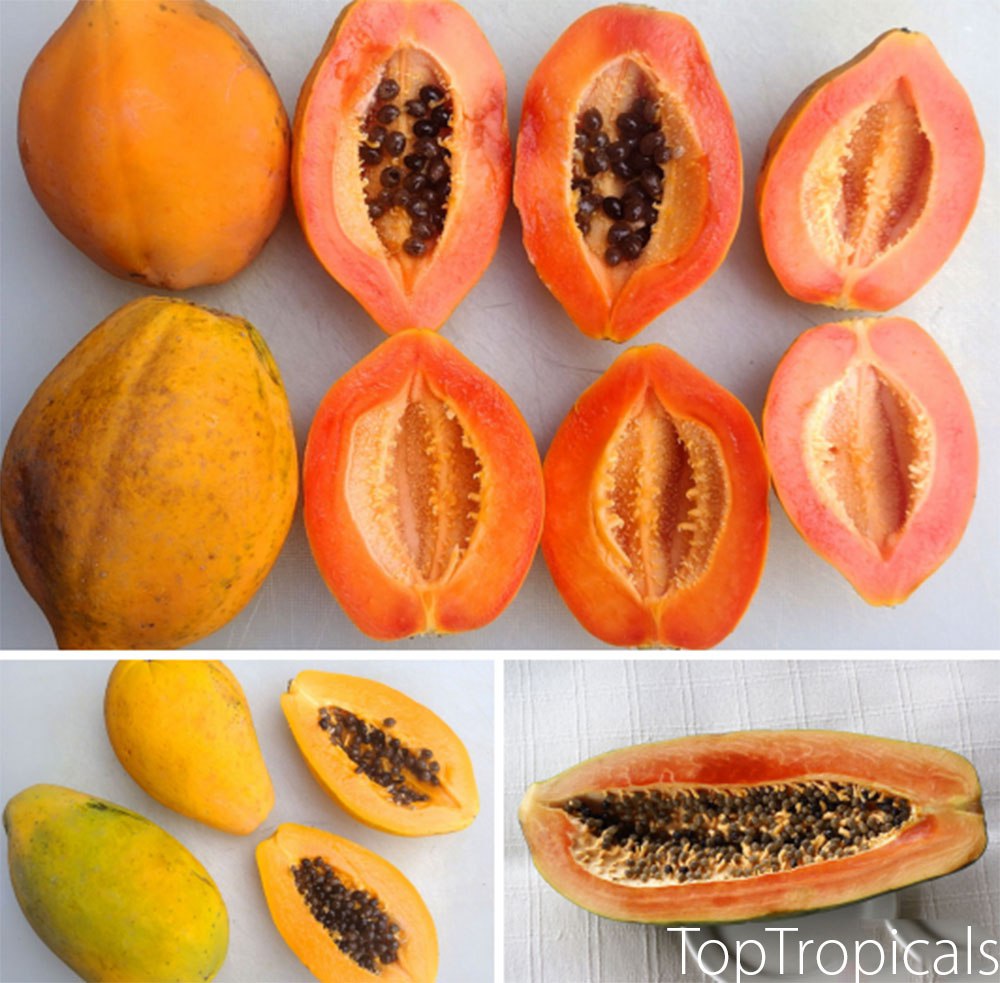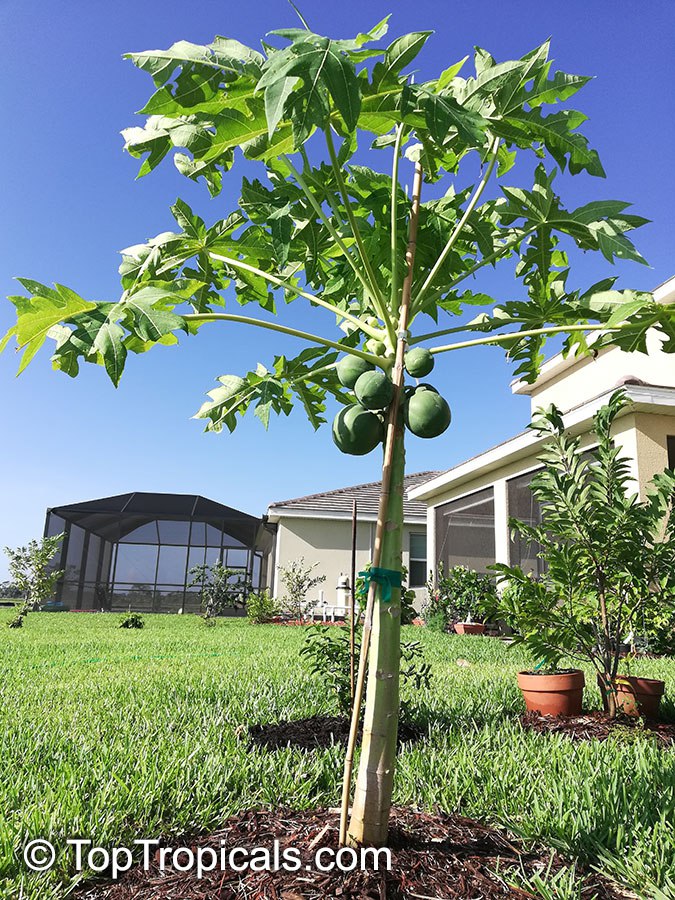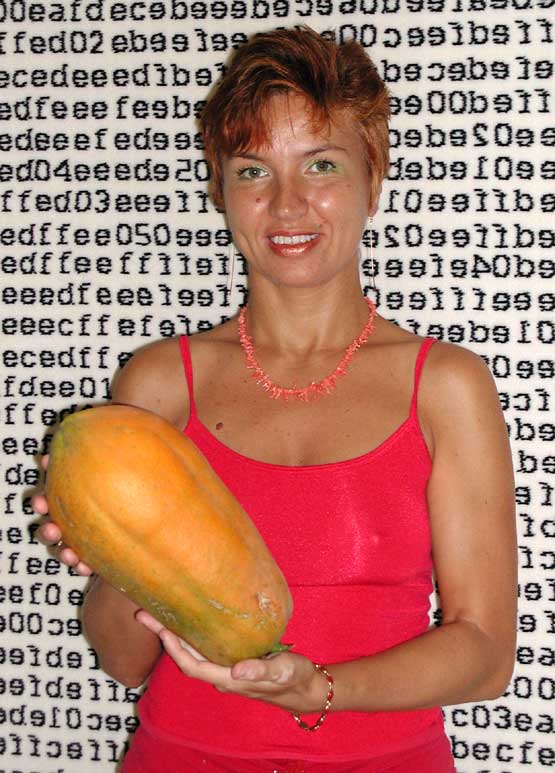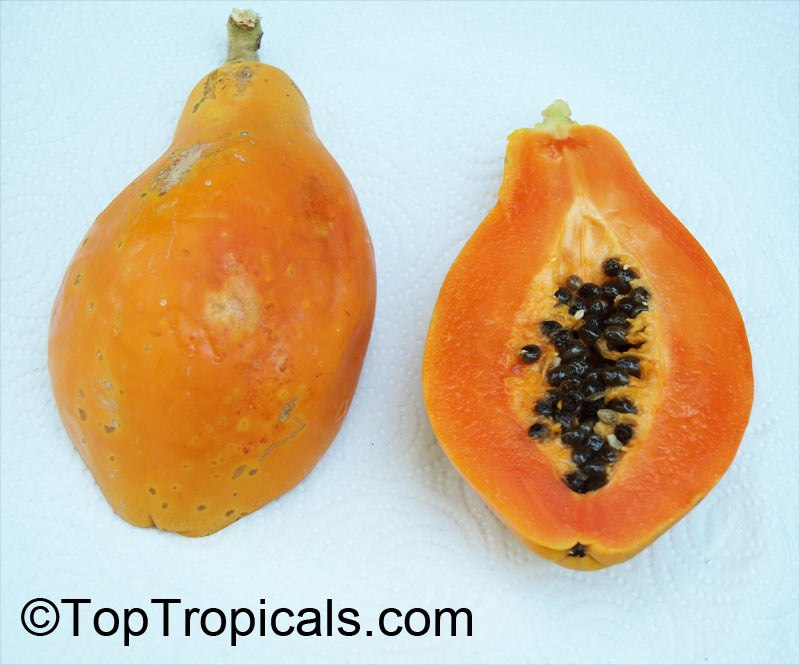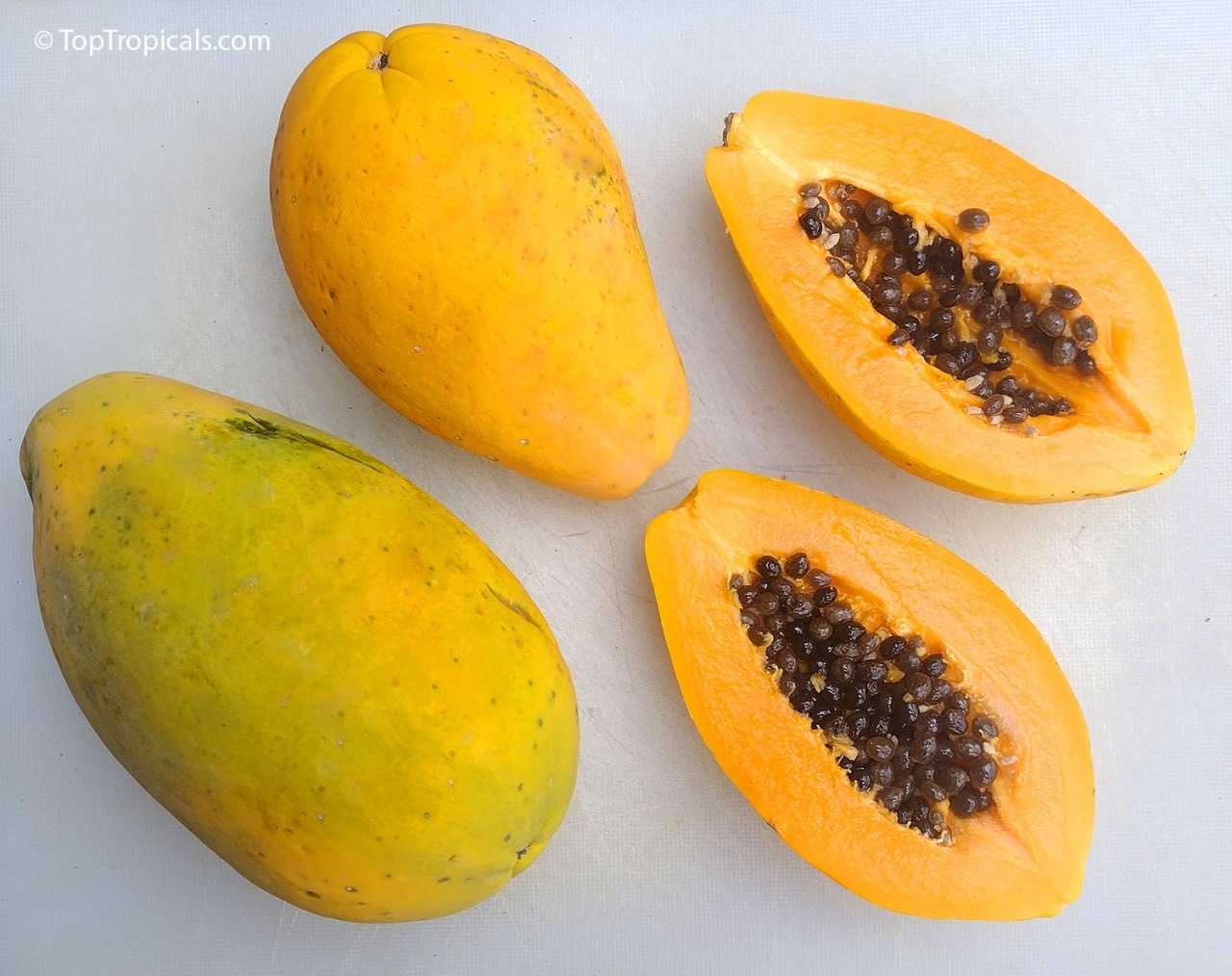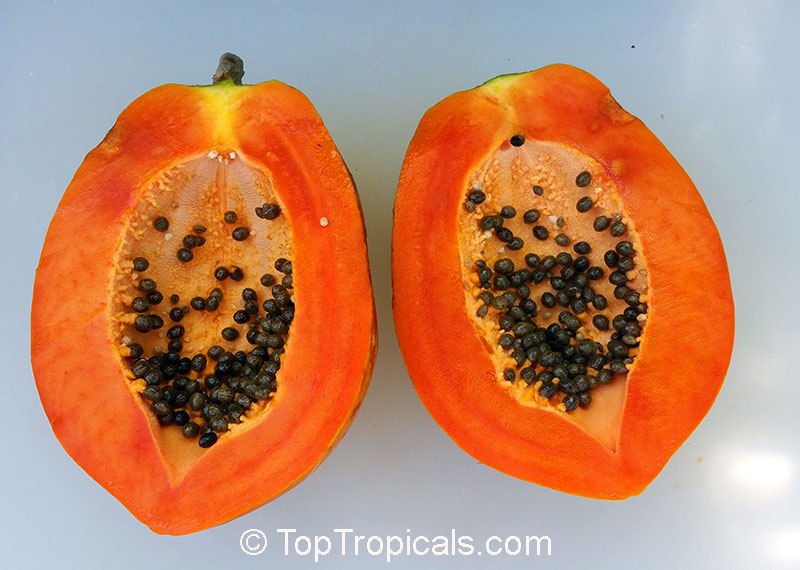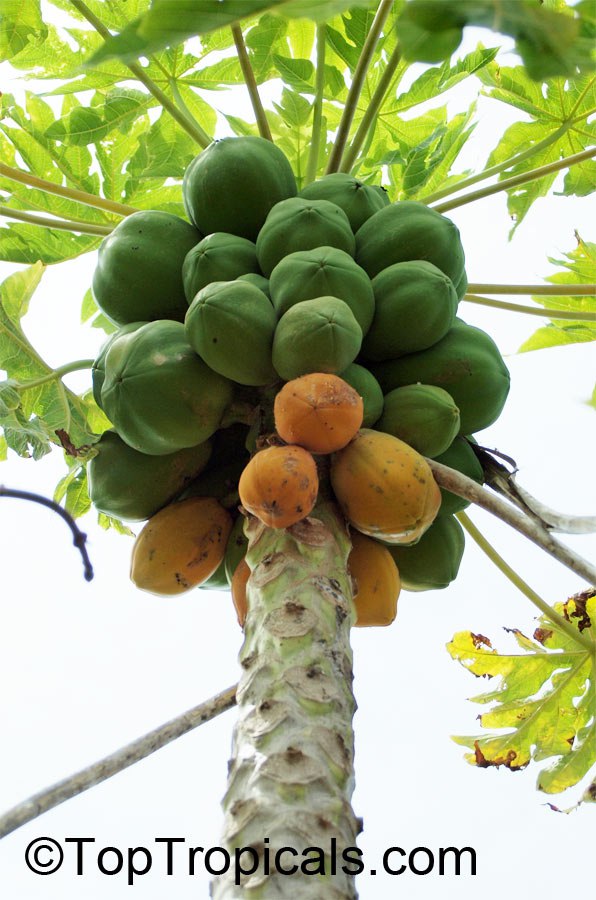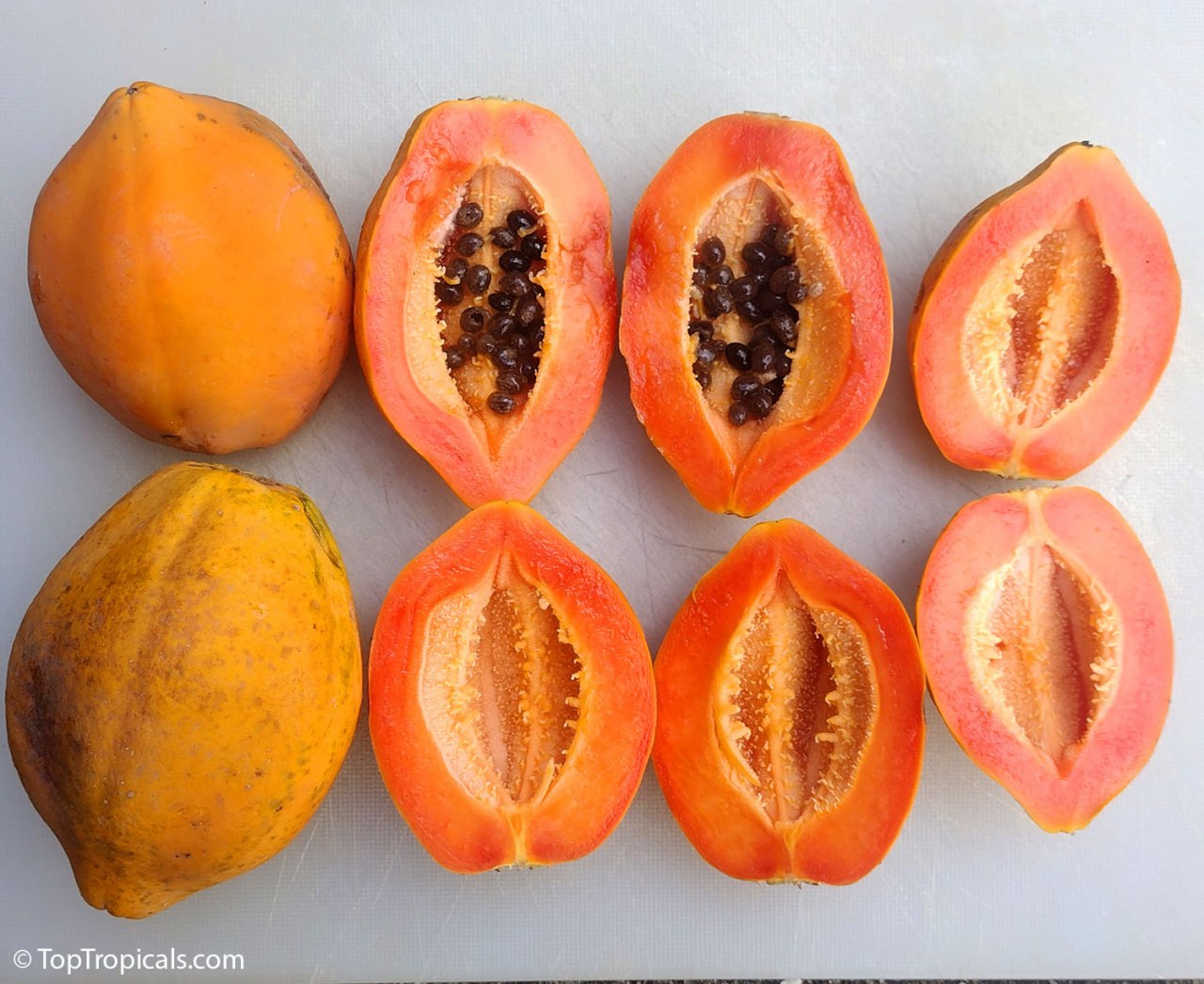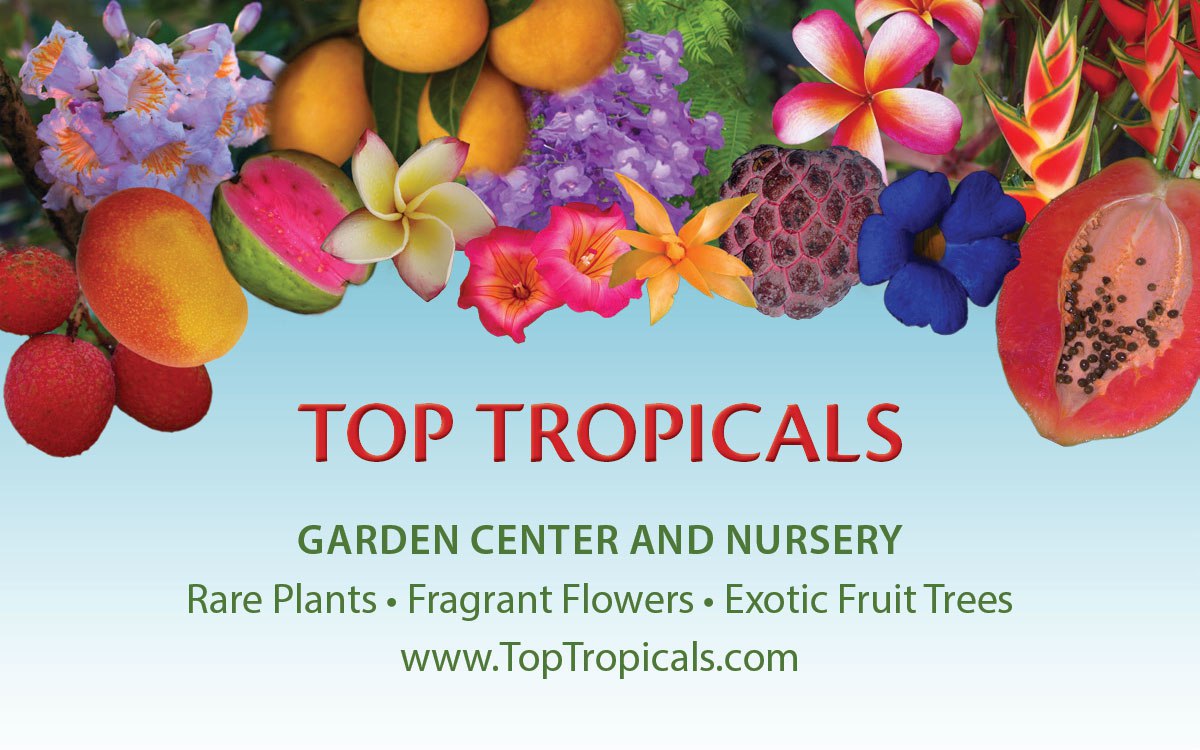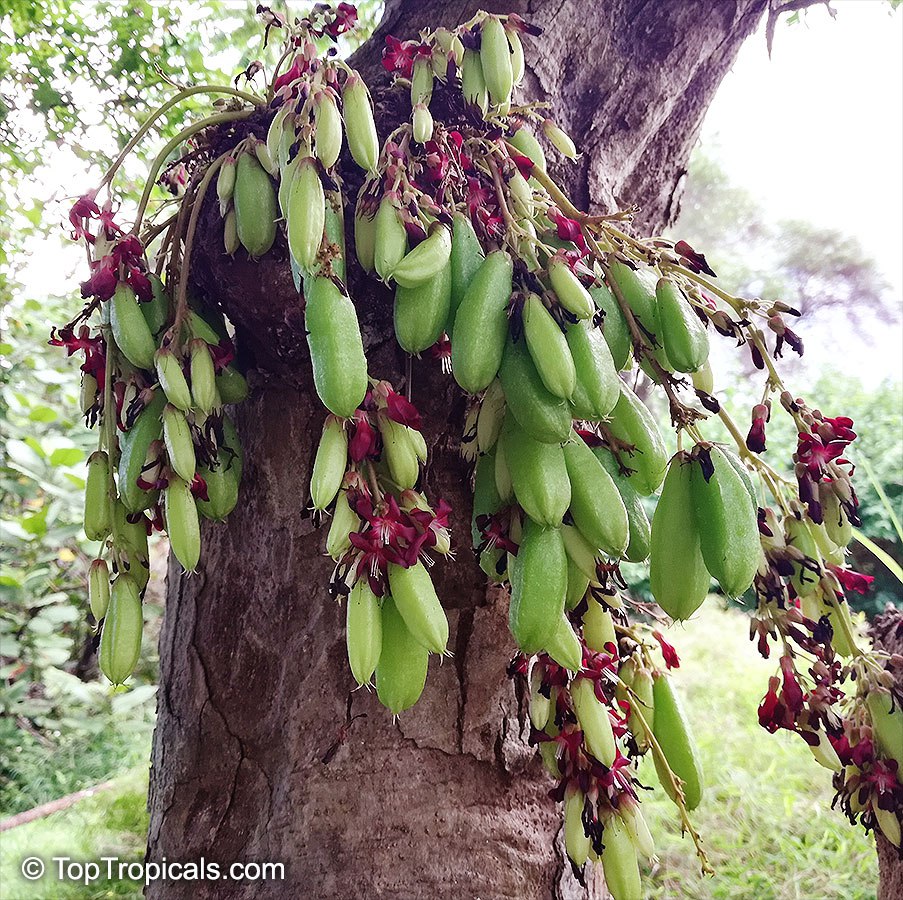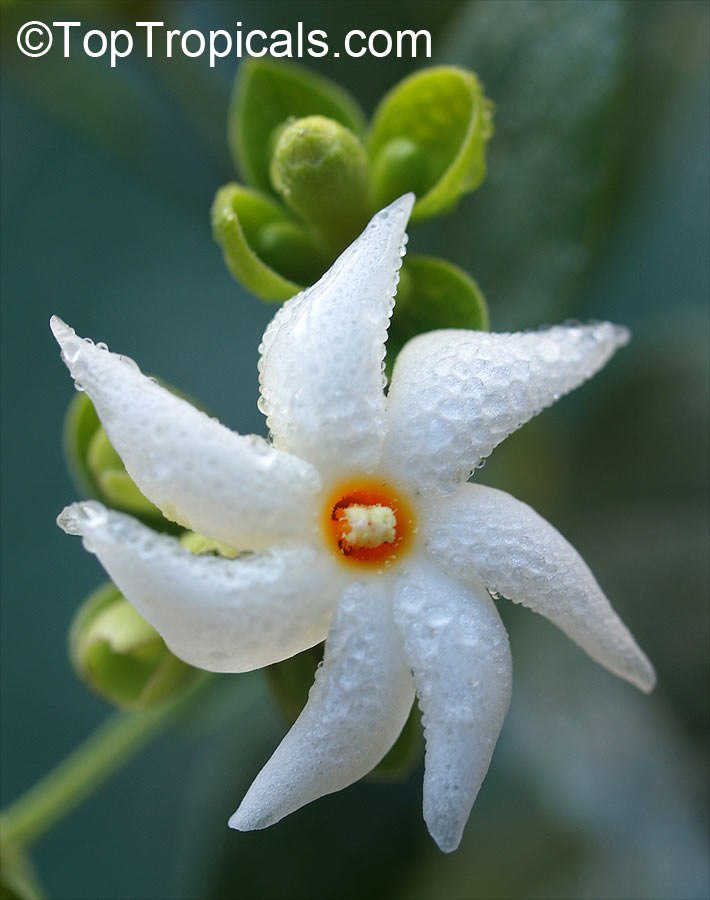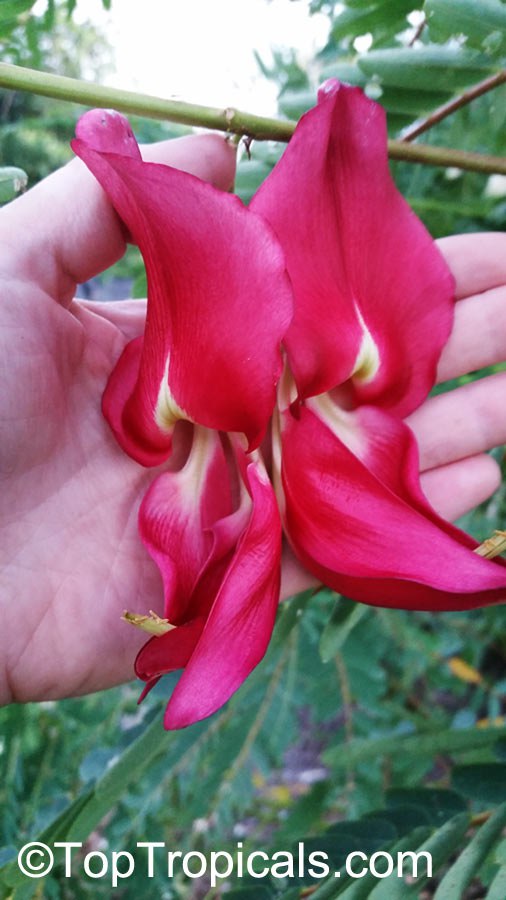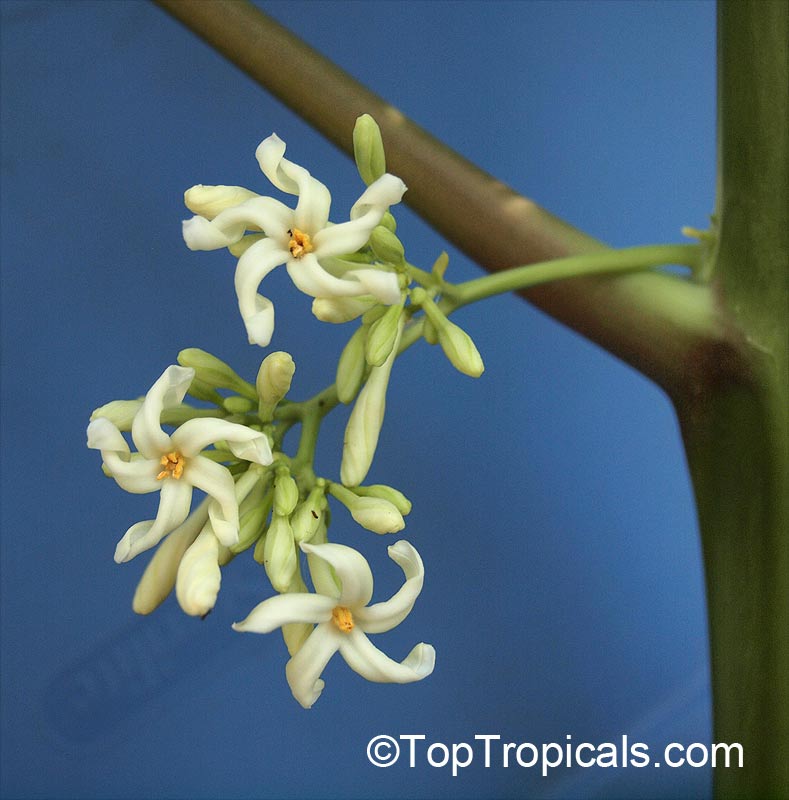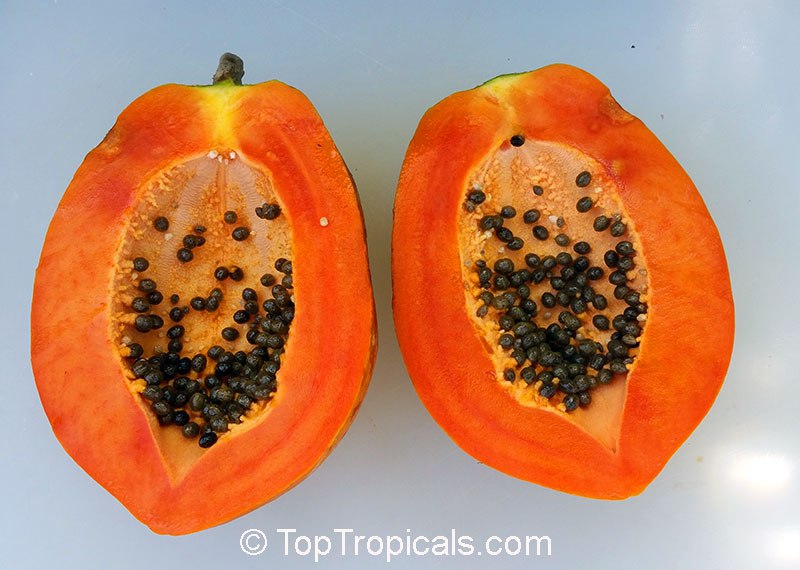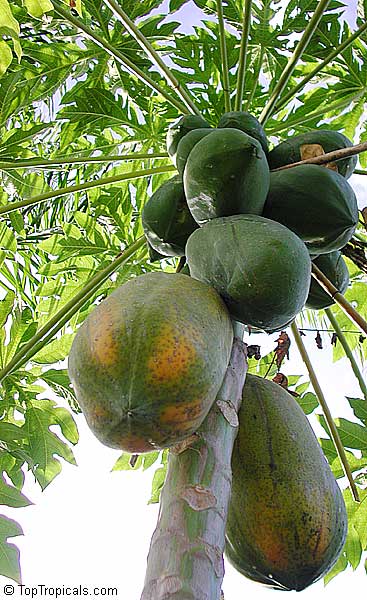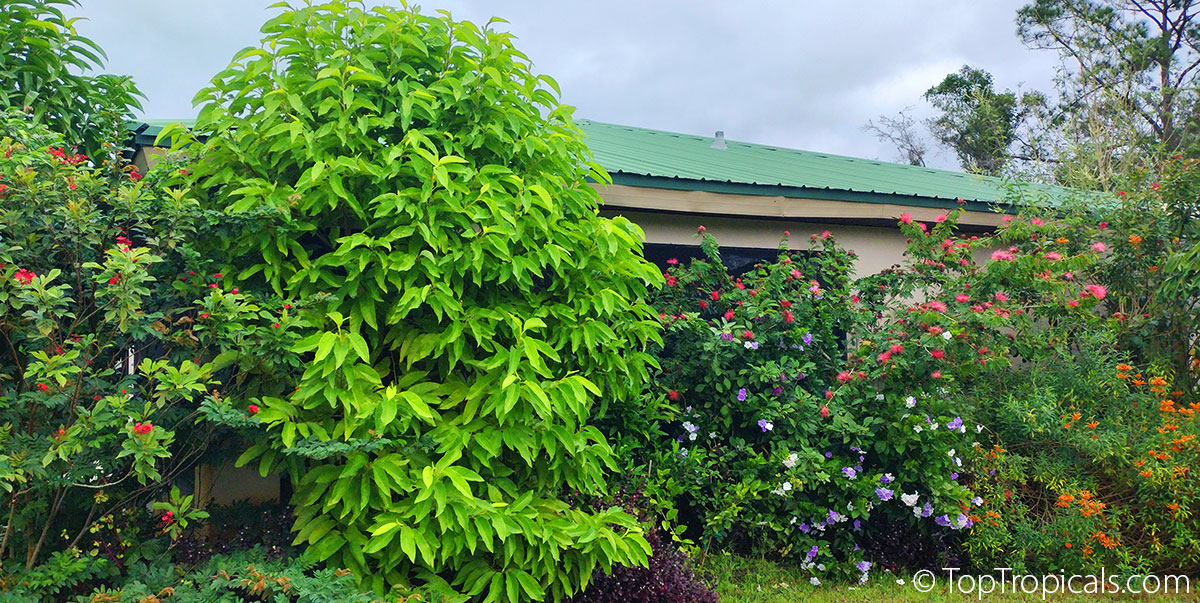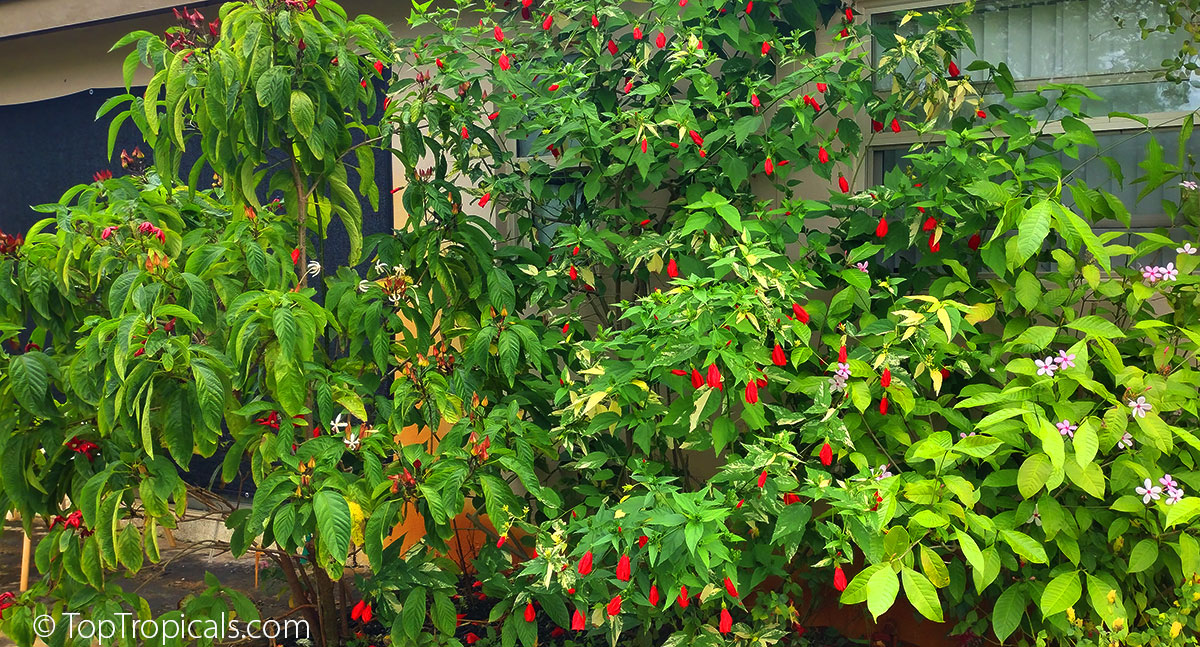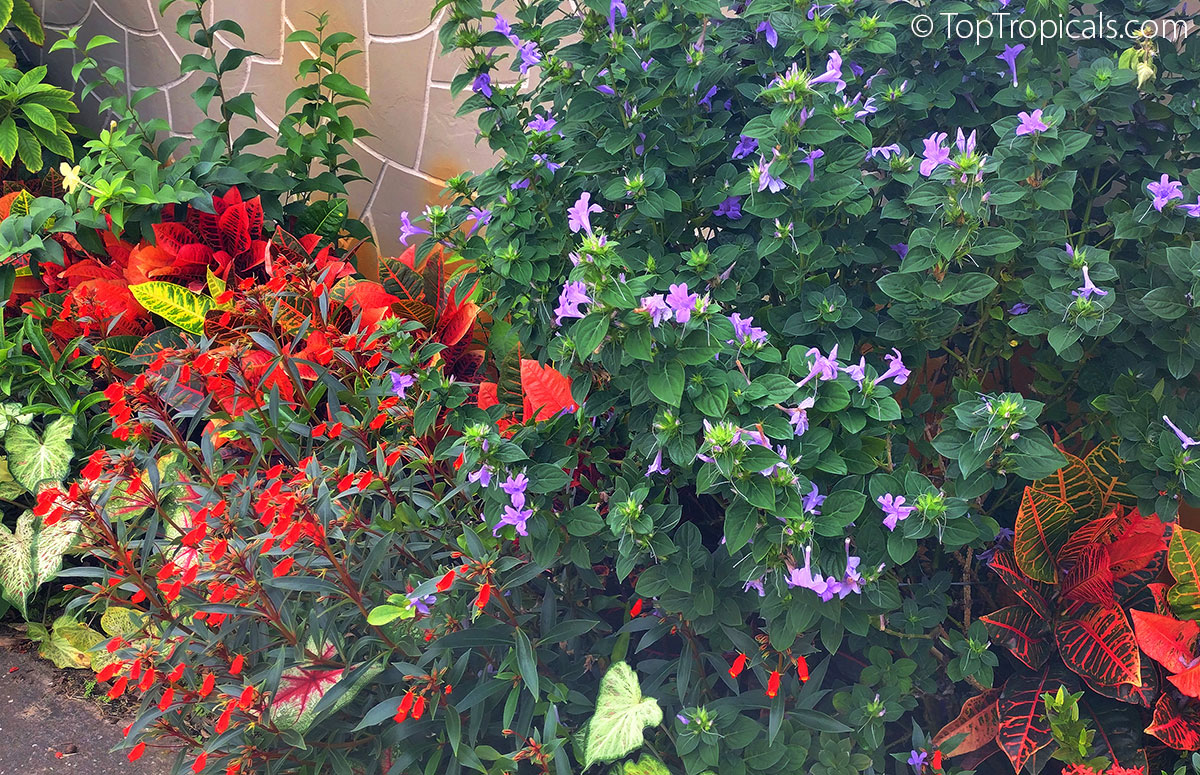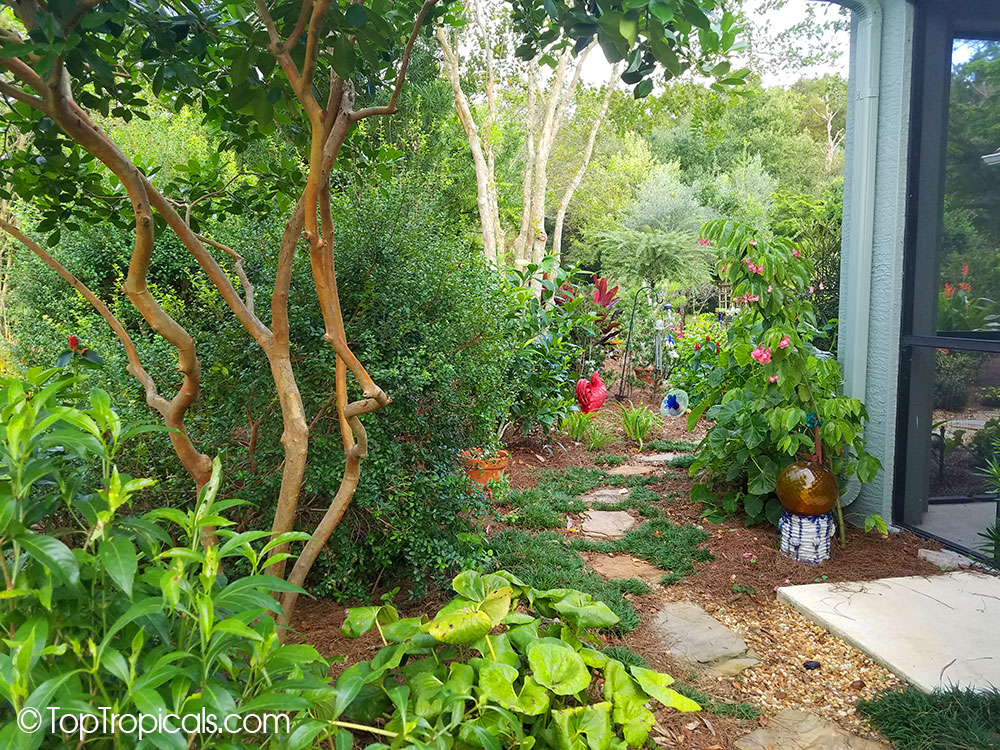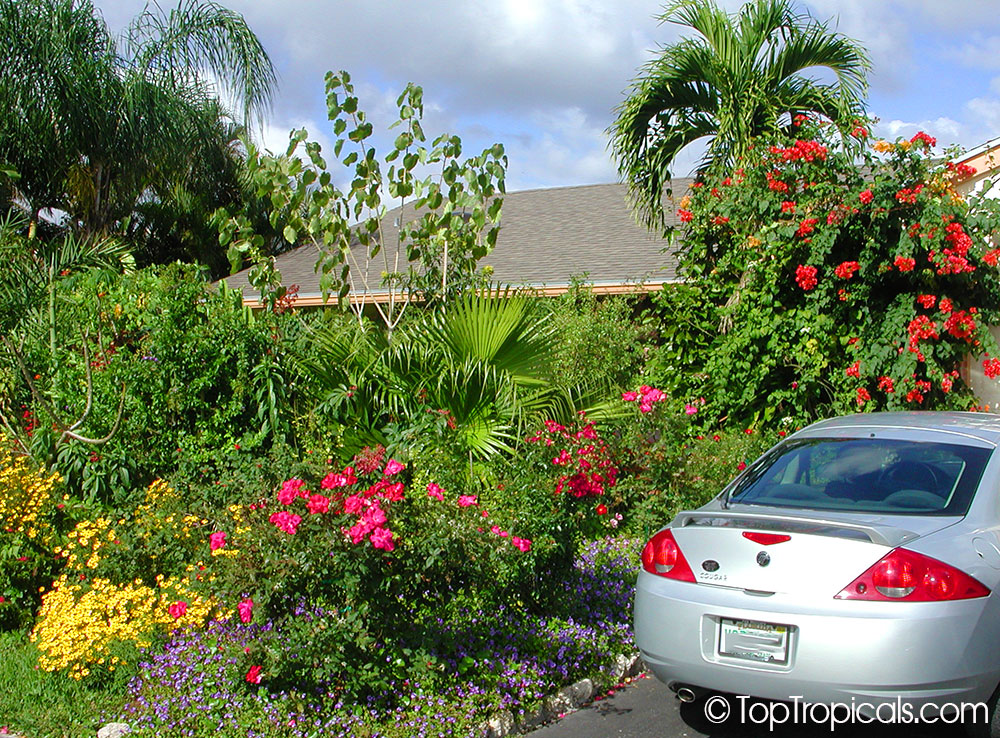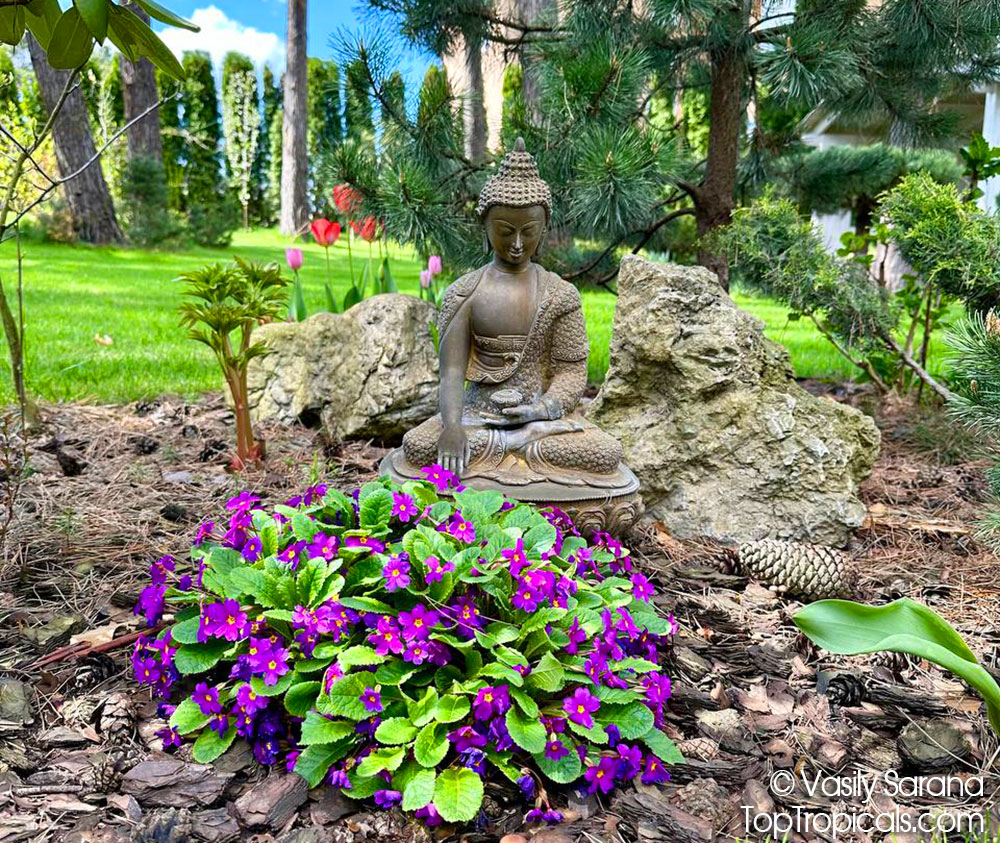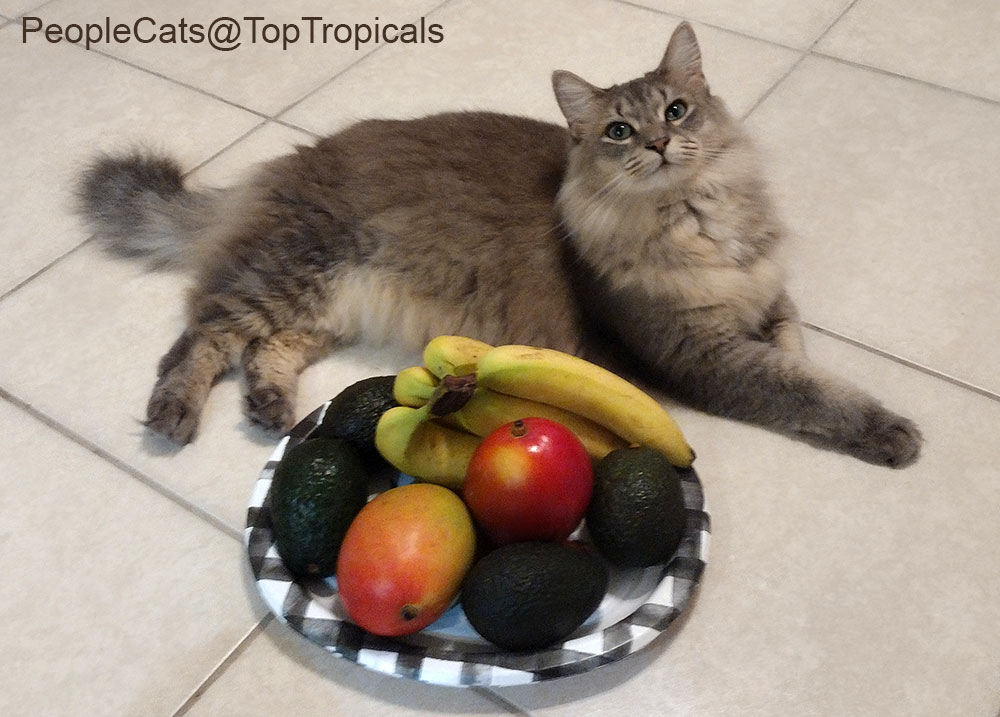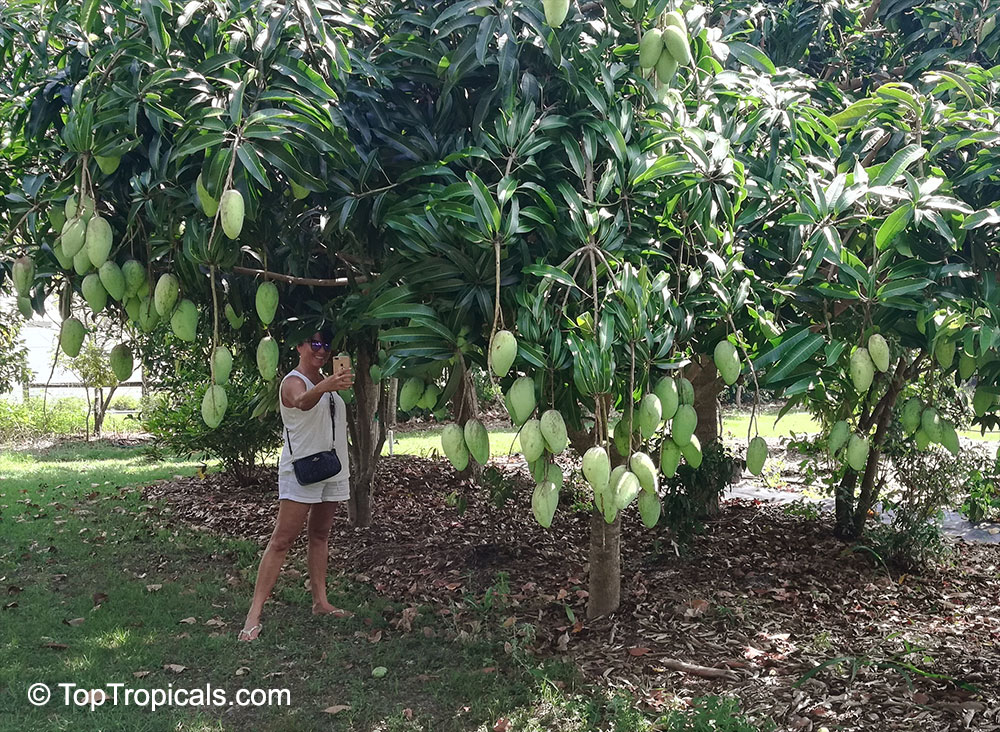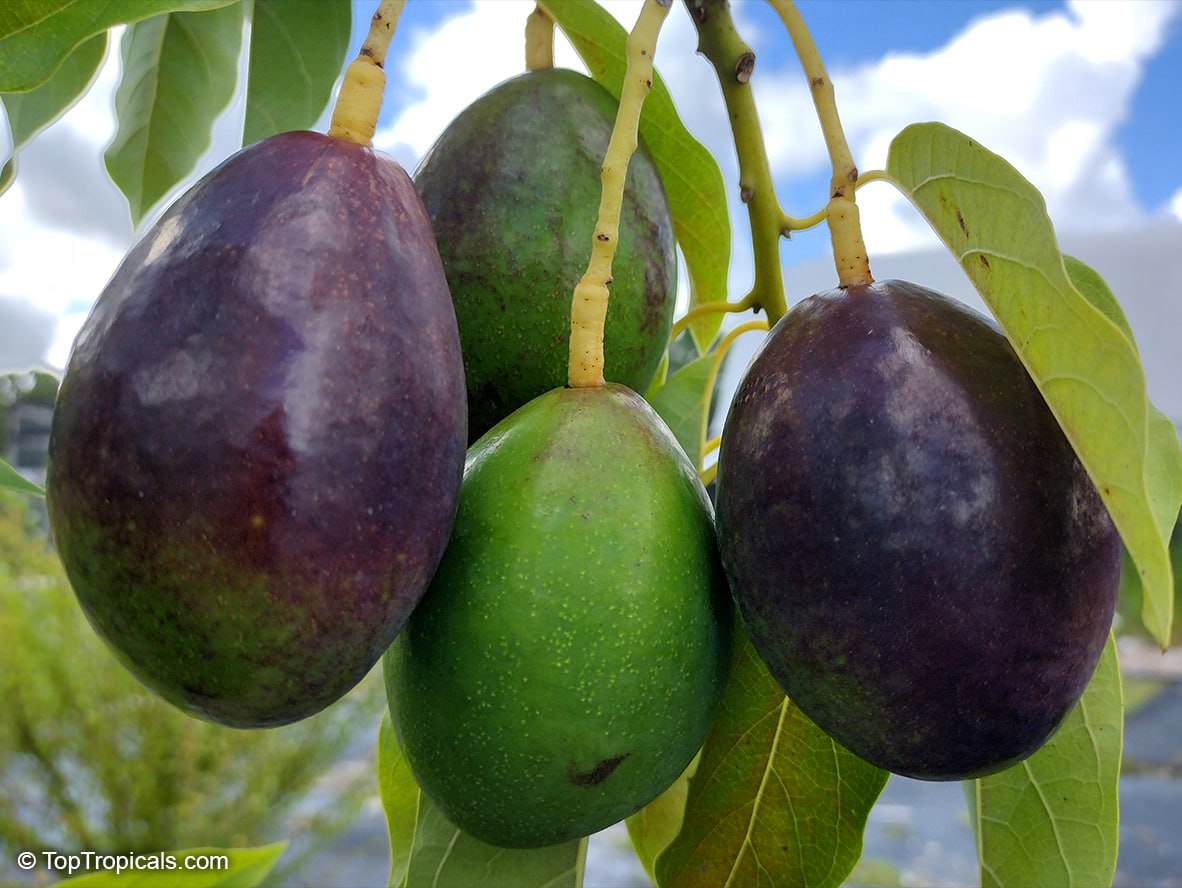
Avocado Joey
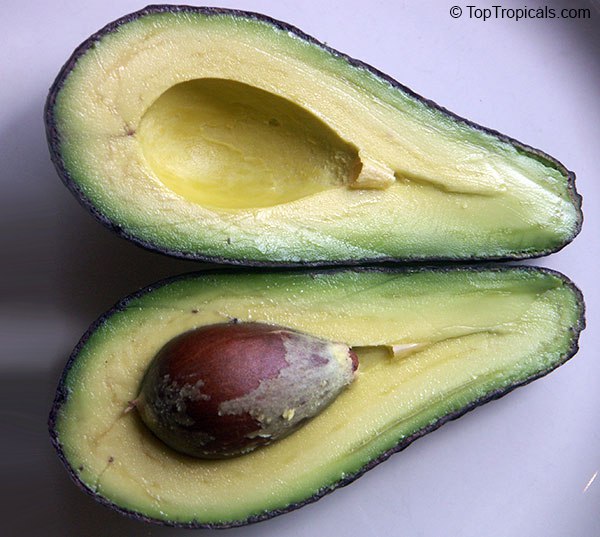
Avocado Day
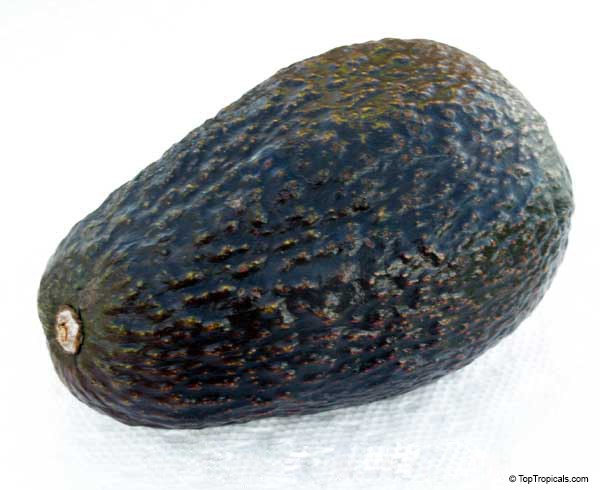
Avocado Ulala (Super Hass)
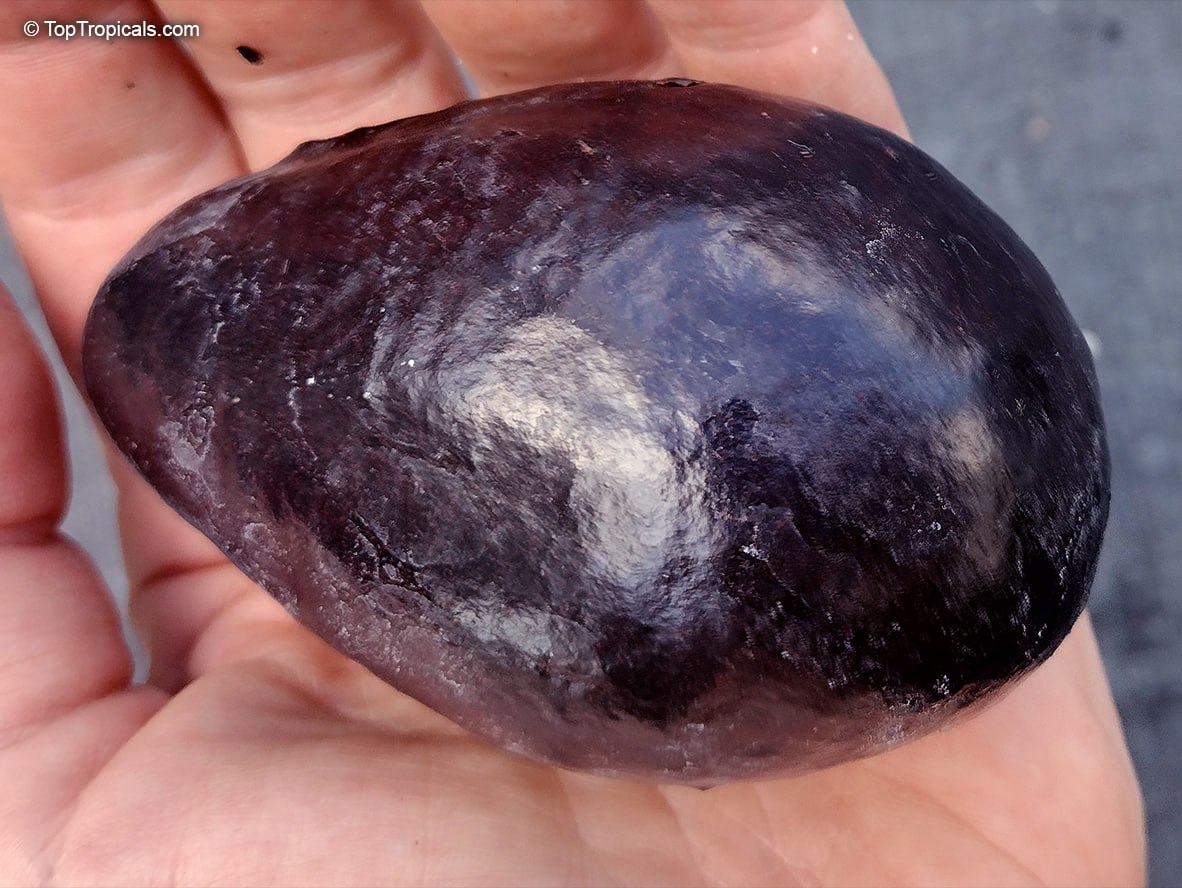
Avocado Fantastic
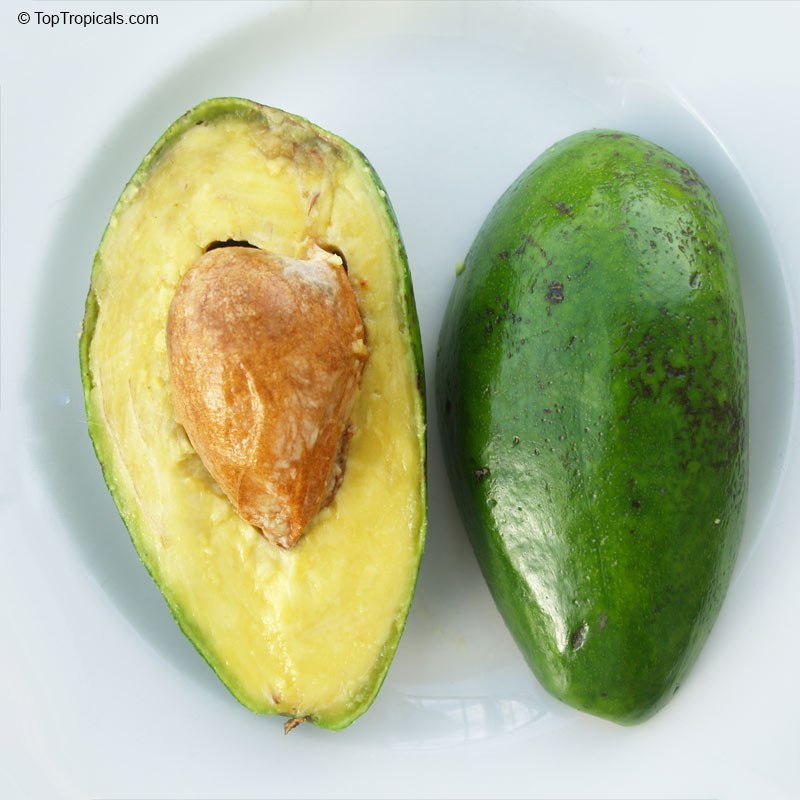
Avocado Monroe
🏆 We introduced 5 most popular varieties in our previous post. Here is 5 more, making it 10 total.
6. Joey - very cold hardy variety. Produces medium size, egg shaped purple-black fruit. It has excellent flavor. Heavy bearer. Season: September-October. It survived temperatures around 10F near San Antonio, Texas (Zone 8b). Can take temperatures down to 15F for a short period of time without significant damage.
7. Day - green, smooth skin and is shaped like a club. The fruit is of very good quality and has a nice buttery consistency. The slender tree is very cold tolerant and produces July through September.
8. Ulala (Super Hass) - sometimes called Uhlala or Uh-La-La. Cold hardy variety that can take temperatures down to 18F for short period of time without significant damage. The fruit is black skinned, with smooth texture. Seed is very small.
9. Fantastic - very cold hardy variety, supposedly the most most cold hardy of all avocados. Produces green, paper thin skin. The fruit has a creamy texture. It survived temperatures around 10F near San Antonio, Texas (Zone 8b) and can take temperatures down to 15F for short period of time without significant damage.
10. Monroe - inherited from its Guatemalan-type parent some degree of cold hardiness. In addition, the trees produced a very large, elliptical-shaped fruit with good eating qualities. Good producer, commercial cultivar in Florida. Legend has it that "it was found in Homestead, Florida on a cool dark rainy night after a meteor crashed into an abandoned papaya plantation."
📚 Learn more: Avocado Variety Guide - check this out for interactive chart of Avocado varieties and sort them by flower type A or B, tree habit, fruit shape and quality, cold hardiness, origin, season and more!
❔ What is your favorite Avocado variety?
Share in comments👇
🛒 Shop Avocado Trees
#Food_Forest
🏵 TopTropicals
